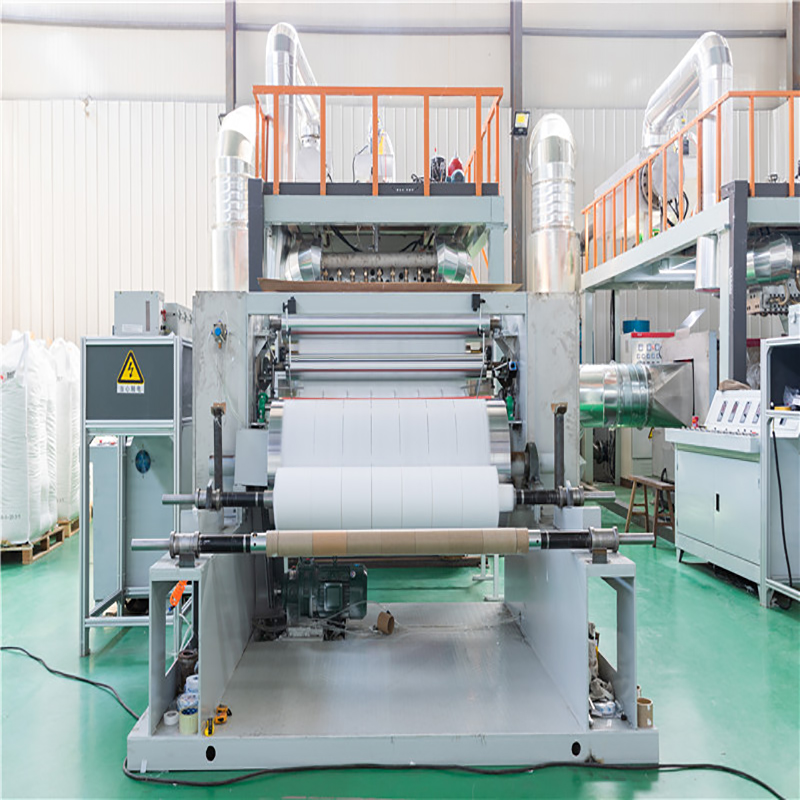Nonwoven fabric manufacturing machines differ from woven fabric manufacturing machines in several key ways:
Nonwoven fabrics are made directly from fibers, without the intermediate yarn and weaving step.
So nonwoven fabric machine do not require the processes of spinning fibers into yarn and then interlacing the yarns to form woven fabric. Nonwoven machines bind fibers directly into fabric.
Nonwoven machines do not require looms or other weaving equipment.
They use simpler mechanisms to entangle or bond the fibers together into a fabric structure. Common nonwoven machine types include spunbond machines, meltblown machines, needle punch machines, etc.

Nonwoven machines have fewer moving parts and fewer complex mechanisms compared to woven fabric machines.
They typically have more simplified processes to produce nonwoven fabrics with random fiber orientation and bonding.
Nonwoven machines can achieve higher production speeds and outputs compared to most woven fabric machines.
Nonwoven production is generally a more efficient, higher volume process compared to weaving.
The resulting nonwoven fabrics have different properties than woven fabrics.
They are typically thicker, more random, and more bonded. Woven fabrics have more controlled fiber orientation and spacing.
The raw materials for nonwovens (fibers) are often different than for wovens.
Nonwovens use fibers that can bond well together, like polypropylene or polyethylene. Woven fabrics use yarns and natural or synthetic fibers selected for weaving.
